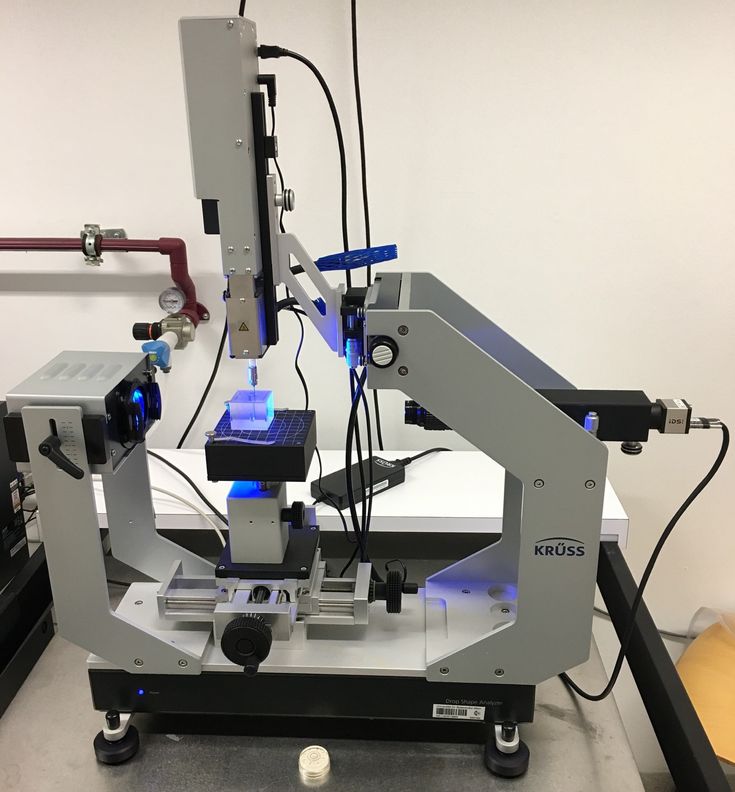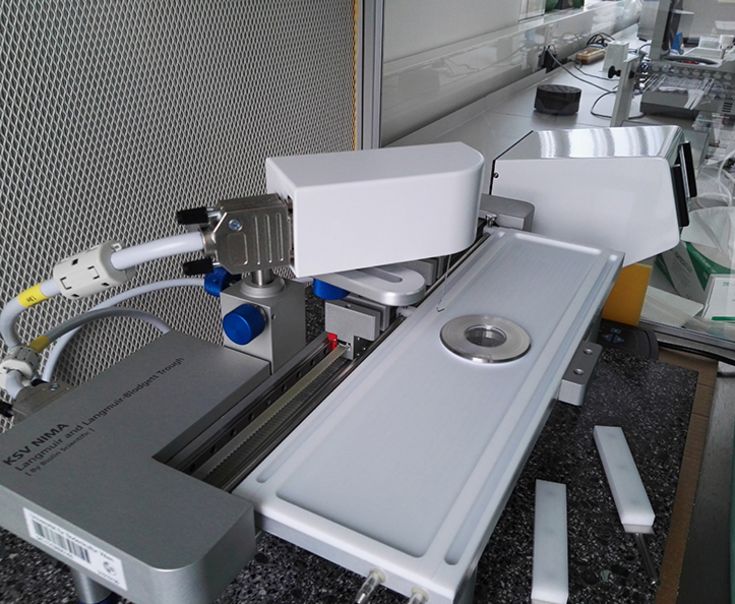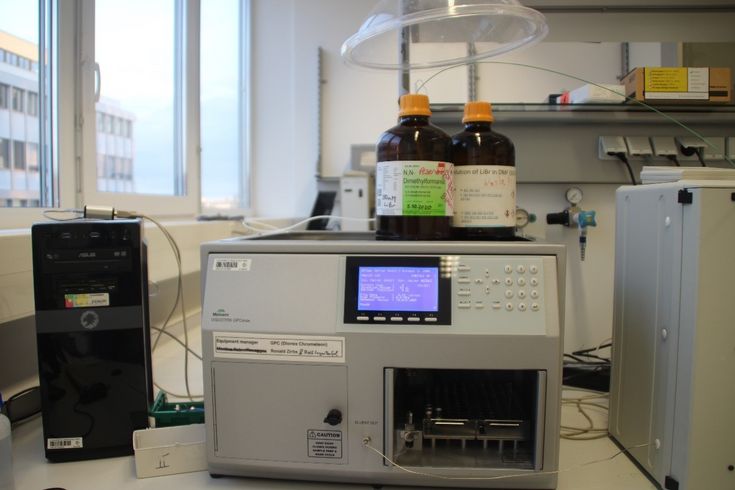Measurement competences and techniques
The Department of Bionanosciences excels in the characterization of synthetic and natural nanomaterials as well as material interfaces. Examples of measurements and techniques:
- Particle size, morphology and distribution studies, including in organic and biological matrices, using transmission electron microscopy;
- Particle / colloid size and charge determination using dynamic light scattering;
- Analysis of nanoparticle composition, structure and interactions using thermogravimetry, differential scanning calorimetry, and isothermal titration calorimetry;
- Nanoscale and microscale imaging using optical microscopy, scanning electron microscopy and holography;
- Biointerface and affinity measurements using acoustic and optic surface sensitive techniques (quartz crystal microbalance with dissipation monitoring (QCM-D), waveguide spectroscopy (DPI) and surface plasmon resonance spectroscopy (SPR));
- Optical spectroscopy and quantitative absorbance and fluorimetry measurements;
- Cell and bacteria sample preparation for microscopy: fixation, thin-sectioning and cryo-preparation;
- Contact angle and pendant drop (surface energy/tension), including dynamic measurements of interfacial Young's modulus, measurements;
- Expertise in data interpretation and multi-modal analysis for all methods listed
We are happy to offer our know-how to external partners, including both companies and institutional partners.
Equipment and Infrastructure - who to contact
External partners can get access to the department infrastructure after establishing an agreement. We generally try to provide access to our facilities also for external researchers, when this does not compromise our own activities. Access to equipment is typically conditional on joint research or on payment of our low user fees.
Hence, if you are not a member of the DBNW, please be aware that external access of our equipment is always decided by the institute heads/department head and not by he researchers in charge of the equipment. Contact the relevant institute heads if you are interested in access.
Here is a list of our commonly request equipment:
Cryo-Preparation
Drop Shape Analyzer DSA30
Drop Shape Analyzer with Oscillation Drop Module (ODM) - DSA30 (Krüss GmbH, Germany)

Dual Polarisation Interferometry
Analight (Biolin). Waveguide spectroscopy biosensor. Used to measure changes in refractive index and thickness of adsorbed molecular films in real time from aqueous samples.
Dynamic Light Scattering and Electrophoretic (zeta potential) measurements
Malvern Zetasizer Nano-ZS. Measures colloidal particle sizes in the nano size range using DLS. Can also determine zeta potential of colloids through eectrophoretic measurements.

Electron Microscopes
Electrophoresis
Gel electrophoresis. Protein identification

Flow cytometer
Beckton Dickinson BD FACSCanto. Flow cytometry without sorting option. Can measure scattering and fluorescence of colloids in droplets. Used to identify and count cells and bacteria.

Fluorescence Microscopy - Nikon TE-2000-S

Fluorescence Microscopy - Nikon TS100

Glovebox
Class 1 leak-tight glove box: Glovebox Systemtechnik GS(concept) + GS solvent absorber + Jacomex P(sys) gas purification module

Homebuilt chip-based waveguide-TIRF microscopy add-on

Homebuilt holographic cytometer

Homebuilt microfluidics setup to measure flows across a membrane with nanopores

Homebuilt synthesis robot for peptides and peptoids

Homebuilt transmission, reflection and fluorescence spectrometer

Incubator HERAEUS

Langmuir-Blodgett trough
KSV-NIMA. Home-built. Used to measure surface tension of liquid-air interfaces using thin film balance, and to deposit molecular films assembled at the liquid-air interface to solid substrates at controlled speeds and surface tensions.

Lyophilisator Christ Alpha 3-4 LSCbasic

Mettler Toledo TGA/DSC 1 Star System

Microtome
Organic and inorganic chemistry
Chemical work benches. Setups for polymer synthesis and inorganic nanoparticle synthesis.

Protein and polymer purification
Several setups, including FPLC, HPLC and GPC.

Quartz Crystal Microbalance with Dissipation monitoring
Q-Sense E4 including electrochemistry cell and potentiostat For the study of thin films at solid interfaces. Probes the viscoelastic properties and hydrated mass of adsorbates.

Reflectance, transmission and polarized light microscopy - Nikon ME600

Size Exclusion Chromatography-Setup - GPCmax
Spin coater
Used for coating planar substrates with thin (mainly micrometer range) films of polymers, e.g. photoresist.

Thin metal film coating
Ultracentrifuge
Volumescope SEM

z-LAB
Layerlab. Resonant impedance biosensor of insulating interfaces. Measures real-time impedance of oxide interfaces upon biomolecule adsorption from aqueous samples.











